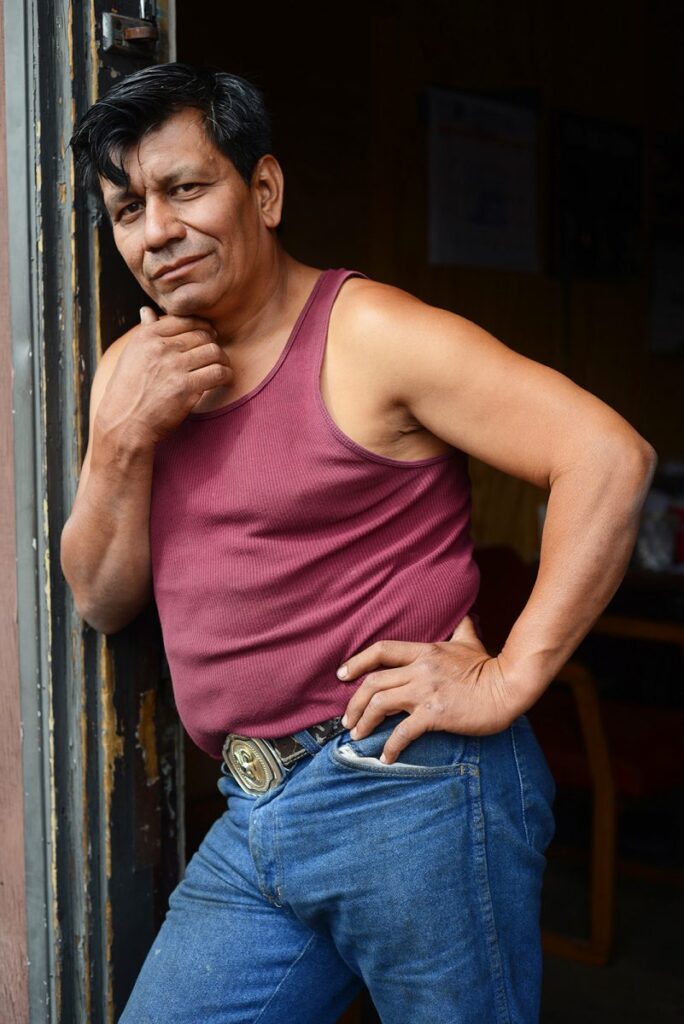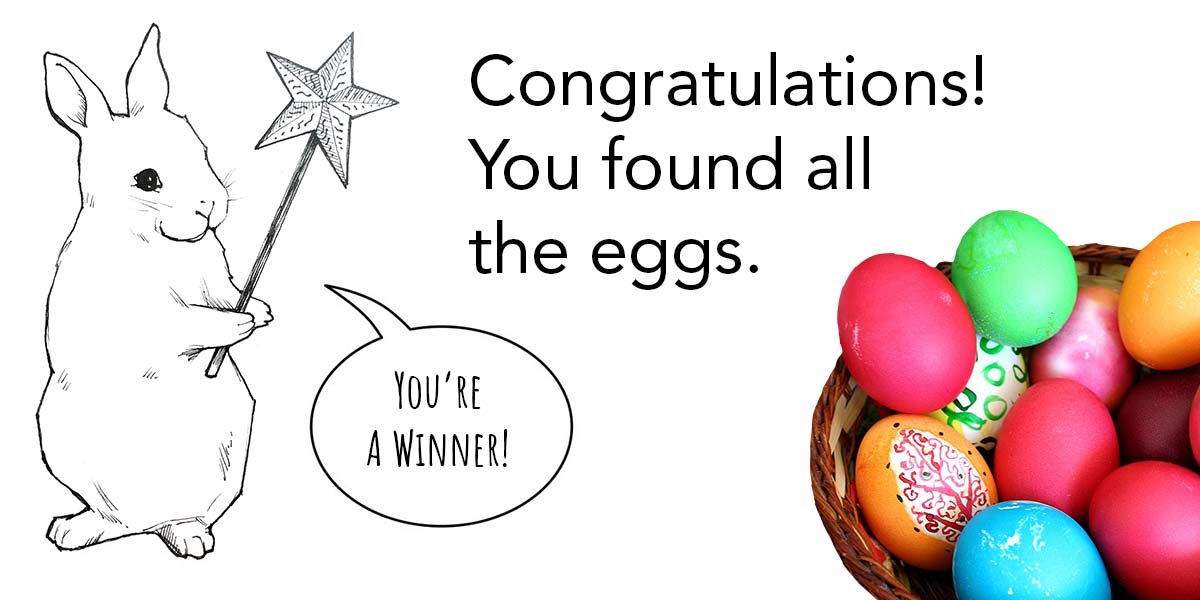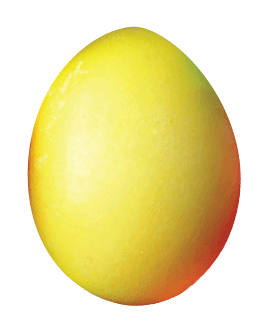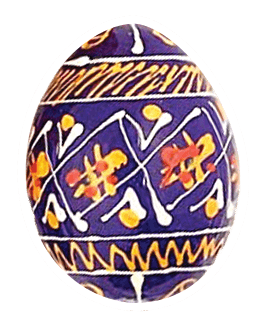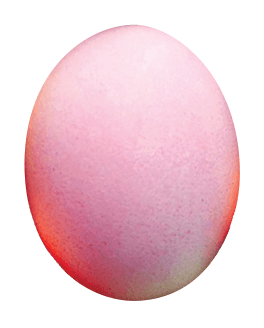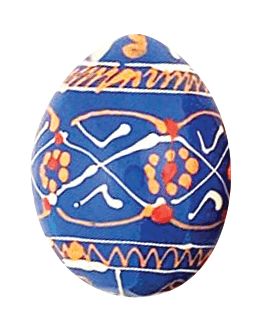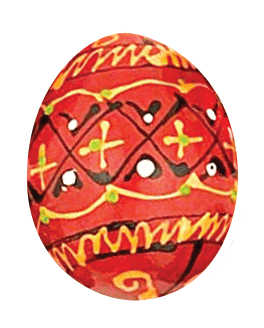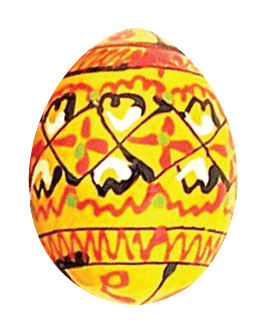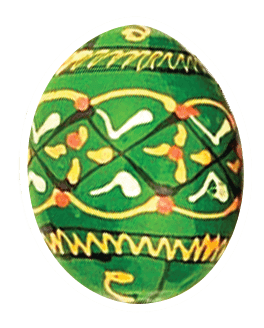Sometimes I see a perfect picture in front of me: the light, the color, the mood, the gesture. The person. In my mind is the criticism that we photographers objectify people, that we commit “the violence of the aesthetic.” But at this moment, I am only thrilled by what I see.
A man is leaning against the doorway to a mechanic’s shop, in Olneyville; his hand is resting under his chin. I’m afraid this will change, so I walk quickly toward him. I hear men all around me speaking Spanish, so I hold out my hand and say, in Spanish, “Please don’t move. Would it be okay if I take your picture and explain later?” He says, “Sí.”
His name is Fernando. I ask where he is from and he says Guatemala, but he doesn’t have time to talk. I go back on another day to give him a print, and to find out more about him.
We walk through the garage and he offers me a seat in his tiny office. I ask him about Guatemala. He tells me about a difficult passage through Mexico, and crossing the Rio Grande on foot on his way to this country. That was sixteen years ago. For seven years he has owned this shop. I tell him I want to write something about his life, and he explains that writing is something that he loves to do. When he’s gotten home from work, after he’s had a shower and begun to relax, words come to him: about a woman he loves and is trying to win back, about his gratitude for a healthy son, and his resolve to keep working so the boy can stay in private school, in East Providence. He records them in the “notes” section of his phone, which he pulls out and shows me. He plays me a video of himself, singing a love song he’s written. His voice rings out, full of longing.
When I began this project, I wrote about Providence as a pie chart of percentages, of immigrants coming from Central and South America, the Caribbean, Southeast Asia, West Africa. But as I sit in this man’s company, I realize how reductive that is, how those ideas just eclipse the fullness of a person.
